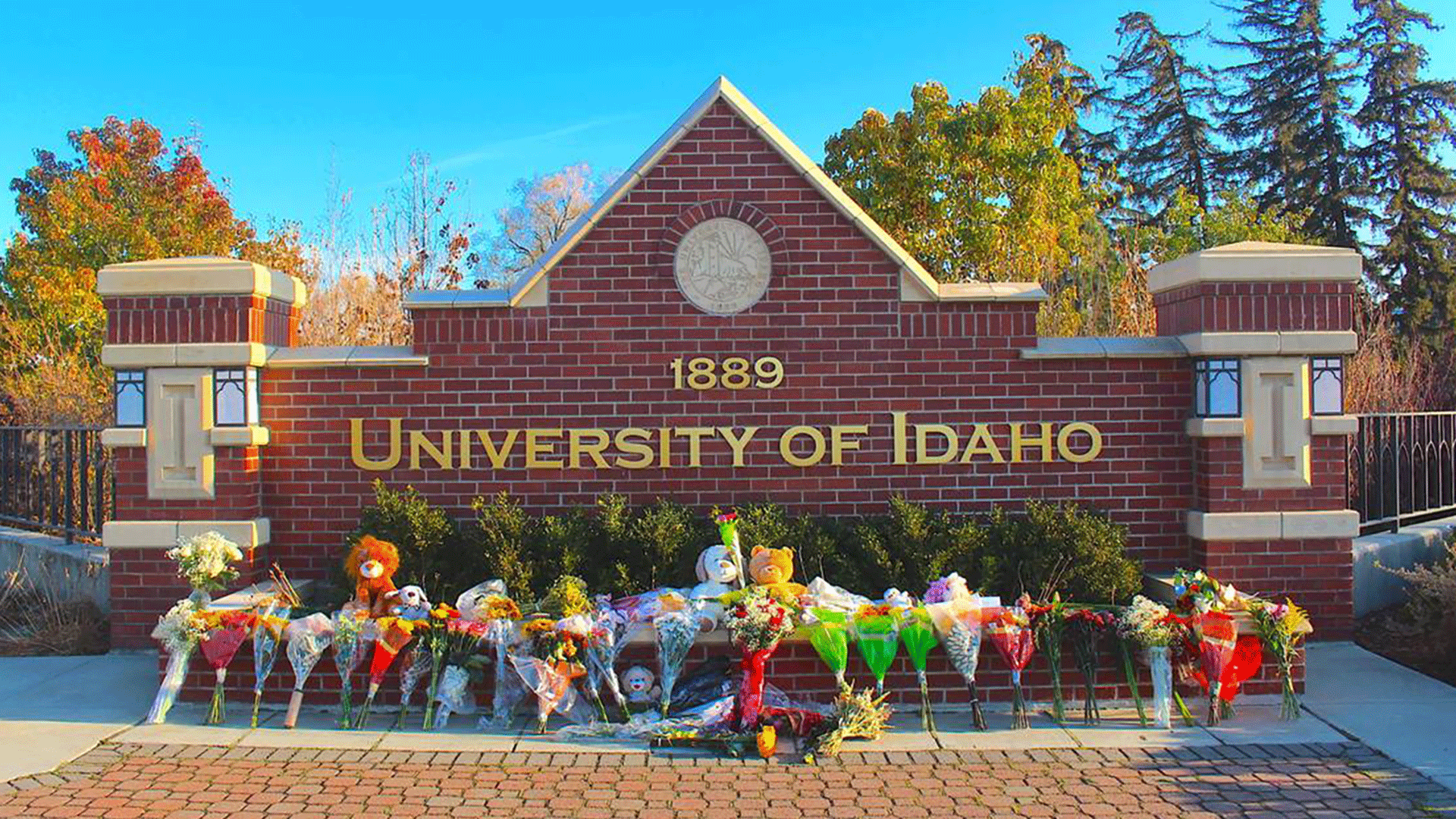The University of Idaho murders case shook the entire country. Four students lost their lives in a senseless attack, and the town of Moscow, once peaceful, found itself in a storm of grief, confusion, and media attention. As investigators dug deeper, the public speculated wildly, and misinformation spread like wildfire. So, what actually helped the case—and what made it harder to solve?
This article explores five major truths that influenced the investigation of the University of Idaho murders case, shedding light on the victories, setbacks, and emotional impact that continues to echo today.
A Peaceful Town Disrupted Overnight
Moscow, Idaho was known for its safety and charm. That changed suddenly in the early hours of November 13, 2022. A call to 911 revealed a nightmare inside an off-campus home where four University of Idaho students—Kaylee Goncalves, Madison Mogen, Xana Kernodle, and Ethan Chapin—were found stabbed to death.
The town hadn’t witnessed a murder since 2015. This incident not only tore apart families but also shattered the community’s sense of safety. Students became fearful, and parents across the nation questioned whether college campuses were truly secure.
Media Hype Amplified the Tragedy
News vans lined the streets of Moscow within hours. National and local reporters flooded the small town. While increased media attention can bring awareness and put pressure on officials, it can also distort facts.
For instance, early reports speculated about the method of entry, motives, and suspects without solid evidence. This misinformation caused confusion and unnecessary fear. Moreover, it complicated the work of law enforcement, who had to address rumors rather than focusing solely on the facts.
Law Enforcement Took Swift but Scrutinized Action
Although critics questioned the Moscow Police Department’s ability to manage such a case, the response wasn’t as disorganized as it may have seemed. Chief James Fry, who had previously trained with the FBI, immediately partnered with the Idaho State Police and federal investigators. This collaborative approach was essential to managing the complexity of the crime scene.
Investigators quickly began gathering DNA samples, reviewing surveillance footage, and analyzing phone records. While the department faced backlash for not releasing details fast enough, this discretion was necessary to protect the integrity of the investigation.
Online Sleuths: Helpers or Hinderers?
Transitioning into the digital era of crime investigation, thousands of amateur detectives shared theories on Reddit, TikTok, and YouTube. Some pointed out timeline inconsistencies or analyzed body cam footage. In a few cases, their attention prompted law enforcement to clarify facts or address overlooked details.
However, the drawbacks were severe. False accusations emerged. One University of Idaho professor had to temporarily leave her job due to baseless internet speculation. Friends of the victims received threats, and even the surviving roommates were targeted unfairly. While the internet served as a tool, it also became a weapon.
The Victims Were More Than Headlines
In the rush to analyze, theorize, and publicize, it’s easy to forget the people at the center of this tragedy. Kaylee, Madison, Xana, and Ethan were more than victims—they were friends, students, siblings, and children with bright futures. Their lives were cut short, but their stories remain vital.
J. Reuben Appelman, author of While Idaho Slept, emphasized this during an interview. “These weren’t just names in an article. They were vibrant souls, loved by so many,” he said. The book serves as a reminder of who they were and why justice must be pursued with care and accuracy.
What Strengthened the Case
- Federal support: The FBI brought advanced forensic tools to the investigation.
- Digital forensics: Cellphone pings, social media data, and surveillance footage added critical clues.
- Community outreach: Vigils, public tips, and student cooperation helped gather information.
- DNA technology: Modern science played a significant role in identifying the suspect.
What Complicated the Case
- Rumors and speculation: Wild theories misled the public and drained police resources.
- Slow updates: Lack of immediate details created space for misinformation to flourish.
- Media saturation: The press sometimes revealed sensitive evidence prematurely.
- Emotional toll: Witnesses, friends, and families had to relive trauma due to constant public scrutiny.
Frequently Asked Questions
Who was arrested in connection to the murders?
Authorities arrested a suspect six weeks after the attack, based on DNA and digital evidence.
Were the surviving roommates suspects?
No. Police cleared them early, but unfortunately, they became targets of baseless speculation online.
Did social media help or hurt the case?
Both. Some users shared valid insights, but many spread falsehoods that hurt innocent people.
How did the attacker enter the home?
Investigators believe the suspect entered through a sliding glass door at the rear of the house.
Has a motive been confirmed?
No confirmed motive has been shared publicly, though several theories have been explored.
Is the trial ongoing?
Yes, legal proceedings are active, and more details are expected to surface during the trial.

